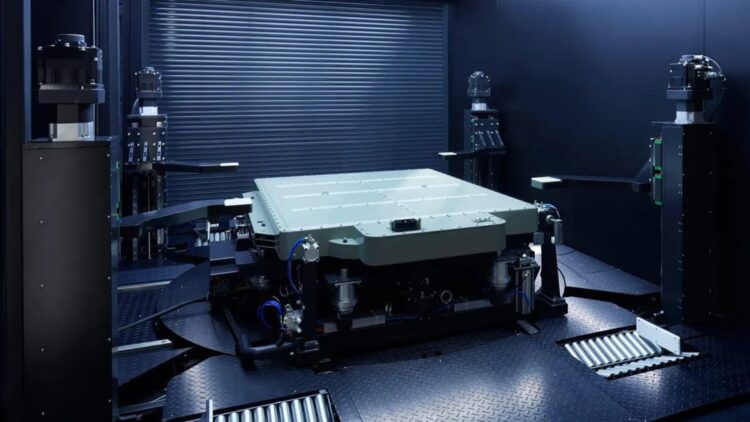China betrays BYD and dupes Tesla in the process. The electric vehicle market has reached its peak regarding intense competition among international competitors, as the electric vehicle becomes increasingly more solidified as the vehicle of the future. While American electric automobile developer Tesla has long reigned as the supreme developer of luxury electric vehicles for nearly two decades, strong competition from China has toppled Tesla’s global reign, with domestic competition in China also rising in intensity.
This company betrays BYD’s electric reign
When Tesla first released their luxury electric vehicles nearly two decades ago, it completely revolutionized the transportation industry. Previously, electric vehicles were still confined to the periphery of the industry, and there was limited interest by consumers in adapting to this technology over internal combustion vehicles. However, the launch of Tesla’s luxury electric vehicles changed the game.
No longer were electric vehicles considered niche and purely environmental projects, but came to be seen as the pinnacle of futuristic luxury vehicle developments. By 2019, Tesla controlled over 19% of the global electric vehicle market, reaching 20% by 2021. However, in the past five years, the company’s global dominance of the electric vehicle market has been usurped by China’s electric vehicle developer BYD.
Last year, BYD overtook Tesla in global electric vehicle sales. Contributing factors to this include that BYD offers competitive luxury electric vehicles to Tesla at a much more affordable entry-level price, as well as thanks to their rapidly evolving technology add-ons, such as automated driving technologies, also offered at a substantially lower price than the American developer. However, while BYD has long been considered the reigning Chinese electric giant, a local competitor has recently risen to challenge BYD’s dominance.
BYD’s dominance is challenged by this developer
This month, Chinese electric vehicle developer Nio achieved record-breaking heights, whereby the company set a national record of completing over 145,000 battery swaps in a single day, while the country prepares for the annual National “Golden Week” Holiday.
Nio has been rapidly expanding its swap stations, currently operating 3,520 swap stations in China and 61 across Europe. Battery swap stations allow drivers to swap low-charged batteries with fully charged ones instead of waiting to charge the vehicle. Nio’s current fourth-generation swap stations can complete a battery swap in under three minutes, with the company preparing to launch its fifth-generation stations in the first quarter of 2026
“Our fourth-generation stations cannot be modified to support different ones. The size of those battery packs is too different. So our fifth-generation station is a completely new design,” said Nio founder and CEO William Li.
While companies like Tesla and BYD are competing for dominance regarding the purchasing of electric vehicles themselves, Nio has taken this a step further and, on top of their electric vehicle models, they are expanding electric vehicle supporting infrastructure. Lack of widespread infrastructure is a major challenge for the widespread adoption of electric vehicles, and Nio’s action to resolve this is positioning the company to play a much bigger role in the electric vehicle market.
New futuristic technology proposed for the future
While Nio ‘betrays’ BYD in the electric vehicle market, growing as a major threat to the company’s dominance, automobile developers are also beginning to turn their gaze beyond electric vehicle technology and are looking towards much more futuristic and advanced solutions.
Autonomous vehicle technology is poised to emerge as the next focus of the automobile industry. Currently, autonomous vehicle technology is limited to driver-assisted solutions, whereby an alert and attentive driver is still needed behind the wheel. However, in Austin, Texas, companies such as Tesla and Waymo are underway with piloting their fully autonomous vehicle projects, with hopes to see a vehicle on the road in the near future, which will no longer require a driver.
Disclaimer: Our coverage of events affecting companies is purely informative and descriptive. Under no circumstances does it seek to promote an opinion or create a trend, nor can it be taken as investment advice or a recommendation of any kind.


